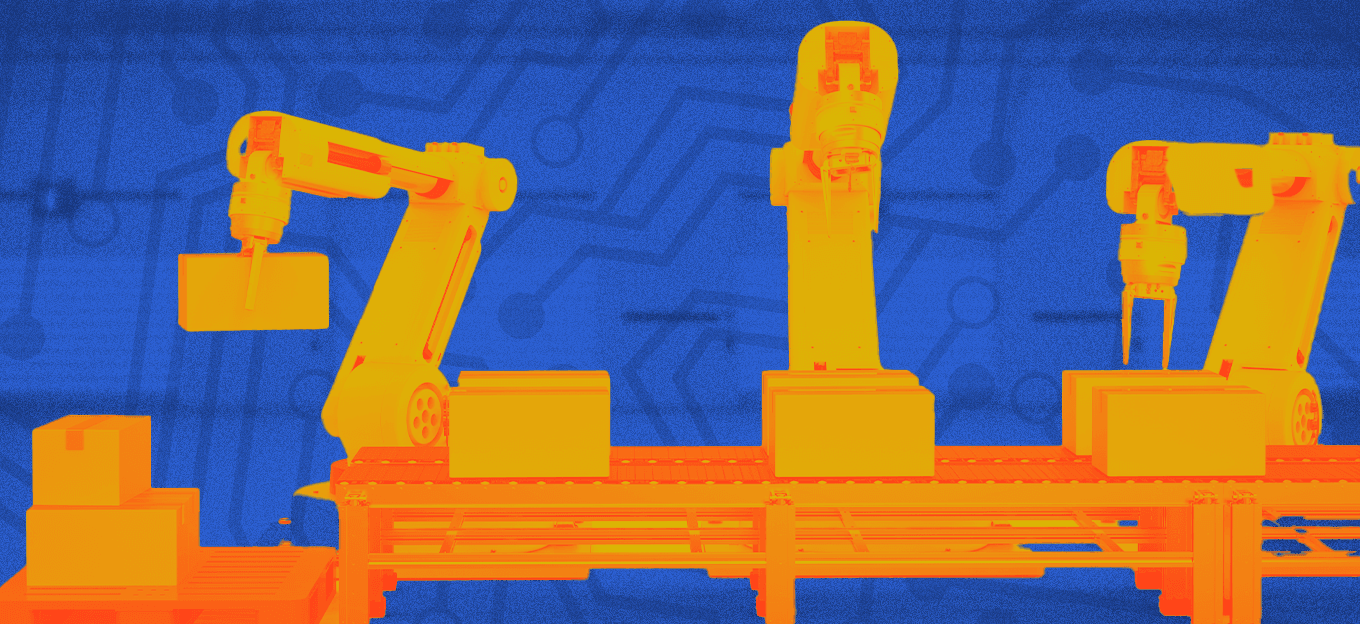What is MES? Reassessing the Manufacturing Execution System Mess
What is MES? Reassessing the Manufacturing Execution System Mess
- Last Updated: December 2, 2024
MachineMetrics
- Last Updated: December 2, 2024



MES (Manufacturing Execution Systems) has been around forever. The level of success in implementing and deploying MES solutions is still a topic of debate. The challenge lies in the variability associated with plant production processes and the approach of the MES vendor offerings and the customers that consume them.
The challenge for Manufacturing Execution Systems (MES) lies in the variability of manufacturing processes and approaches.
There is a more effective and impactful approach, one that establishes asset data capture and transformation, along with descriptive analytics, as the foundation for successful manufacturing initiatives. Cloud-based service solutions have been applied with great success across many discrete manufacturing customers and partners.
The MES Conundrum
What is MES? It seems like a basic question, but you get a broad range of definitions when you research it. Wikipedia defines it as ‘computerized systems used in manufacturing, to track and document the transformation of raw materials to finished goods.’ Other definitions include:
- An information system that connects, monitors, and controls complex manufacturing systems and data flows on the plant floor to improve manufacturing operations
- Systems that provide workflow visibility and insight into improving manufacturing operations
- A system that drives the execution of manufacturing operations, monitoring the execution of the production processes and the materials used
According to the ISA-95 ‘standard’ for MES, core functions of an MES system include:
- Data acquisition
- Production Scheduling
- Personnel Management
- Resource Management
- Production Tracking and Dispatching
- Traceability and Genealogy
- Quality Control
- Process Management
- Performance Analysis
- Document Management
- Maintenance management
This covers a lot of ground and might lead one to conclude that MES solves everything short of world hunger.
What is clear in this MES mess is the following:
- The approach is process and material-centric. Everything is viewed from the standpoint of the manufacturing process, the steps in the process workflows, and the materials flowing through the process.
- The variables are many, and this is no accident. When an opportunity or problem can not be concisely defined or articulated, it logically follows that a solution will be riddled with variables and difficult to package.
Solutions that can’t be structured or packaged are often expensive, time-consuming, and almost impossible to deploy across an enterprise. I have experienced this with MES systems throughout my career. While this may be bad news for the customer, it is not necessarily bad news for the MES industry and the many companies promoting the space and providing the tools and technology. If you search MES, hundreds of companies come up in what you might think is a hot, emerging space. But it isn’t; MES has been around for 40+ years. How come there hasn’t been consolidation or the emergence of a leader or leaders in this space? How many successful ‘MES’ companies are there?
The larger players in the industry who power the MES ecosystem and promote MES do very well. But many MES initiatives become one-off custom development and system integration projects enabled by various tools, technologies, and consultants. They take a long time, cost a lot of money, and are very difficult to deploy and sustain across the multiple machines, lines, and plants that make up a company’s enterprise. The difficulty in replicating and effectively deploying a solution dampens the value of an MES initiative.
The challenge for MES lies in the variability of manufacturing processes and the approach. When your context is based on the processes, and the materials and products flowing through the assets in a plant, the enormous number of variables limit your ability to standardize, package, and achieve enterprise-wide objectives. This doesn’t change even if an MES vendor uses fancy marketing terms such as ‘configurable,’ ‘scaleable,’ and ‘codeless,’ to name a few, to promote the perception that an offering is easy to use and deploy.
A Next-Generation Approach
For discrete manufacturers, there is now a new approach that provides a step-change in value. Any manufacturing production improvement initiative should be asset data-centric versus process-centric. Effective connectivity, capture, and transformation of machine, product, and people data lays the foundation for rapid, iterative value creation through analytics that can be packaged and deployed across an enterprise.
The development of an automated data collection and transformation infrastructure is the first and most important step in an Industry 4.0 journey. Core functions of MES, along with various other functions and technology offerings, layer on top of this infrastructure if and when they are required. In the past, this approach was challenging in discrete manufacturing plants due to the range of complex machines that were difficult to connect and extract data from.
Where’s the Value?
For discrete manufacturers and asset-centric data collection and transformation, infrastructure provides throughout-the-box descriptive-analytic solutions. Much of the functional coverage of a custom MES solution with far greater value is achieved faster and at a lower cost. Furthermore, the infrastructure and solutions are easily supplemented by diagnostic, predictive, and prescriptive analytics, which drive continuous improvement over time. And as mentioned previously, the solutions are deployable across the enterprise, enabling manufacturers to compare performance and capture best practices across various assets and locations.
Discrete Manufacturers
For discrete manufacturers, and Industry 4.0 journey starts with an asset data collection and transformation infrastructure. MES offerings should be considered once this infrastructure is in place only if required functionality cannot be achieved by integrating the infrastructure with other existing enterprise systems.
The Most Comprehensive IoT Newsletter for Enterprises
Showcasing the highest-quality content, resources, news, and insights from the world of the Internet of Things. Subscribe to remain informed and up-to-date.
New Podcast Episode

Moving Past the Pilot Phase in IoT and AI
Related Articles





